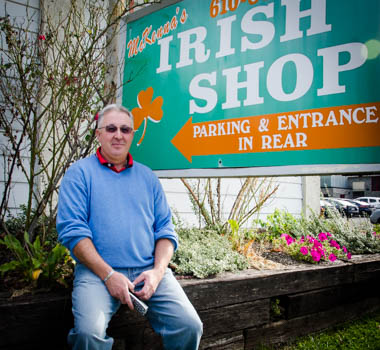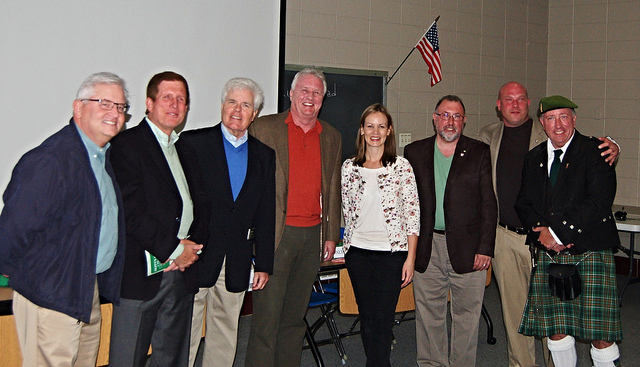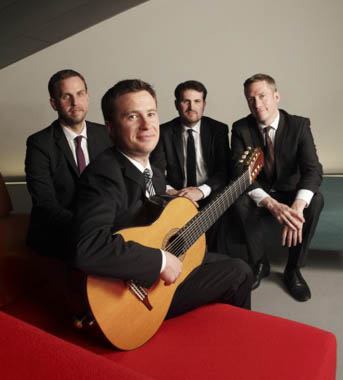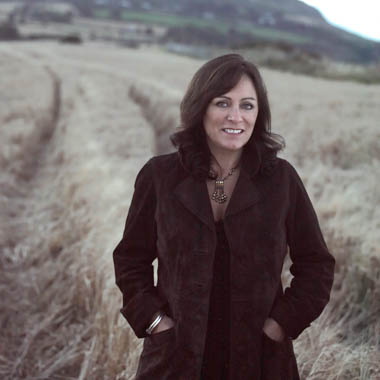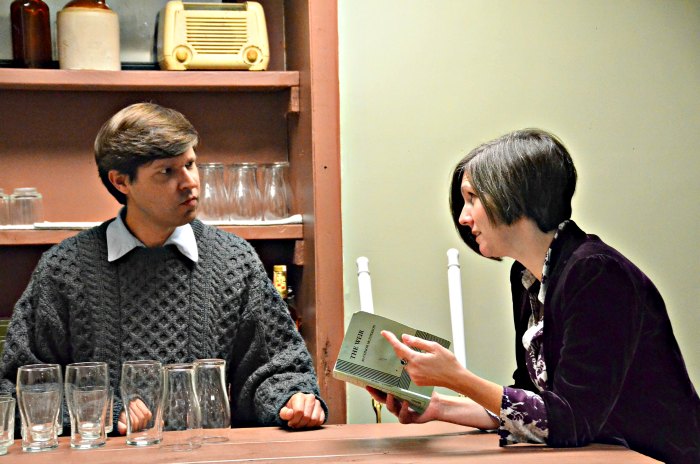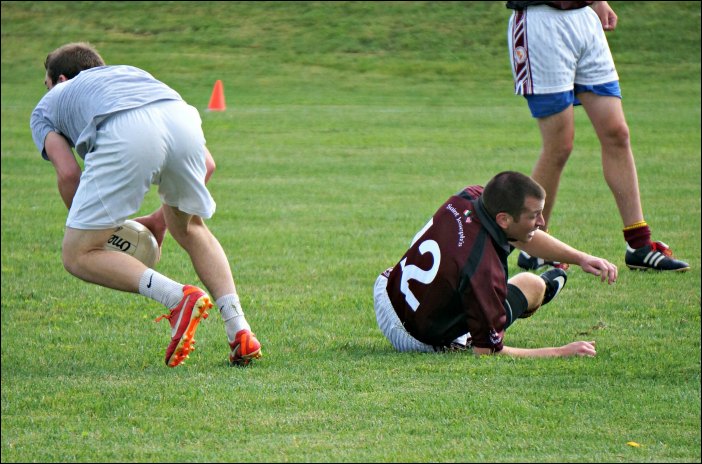McKenna’s Irish Shop started in Anne Gallagher McKenna’s tiny living room more than 35 years ago, when neighbors would traipse in on Friday night to see the sweaters, mittens, scarves and vests Anne had knitted and place their orders.
“She’d clear off the dining room table and there’d be sweaters and scarves all over the table, the couch, hung up in the corners,” recalls her son-in-law, Pat Durnin, who with his wife, Nancy, eventually took Mrs. McKenna’s little business and ran it in Ardmore, in the current location on Darby Road in Havertown, and, for seven years, in Sea Isle City, NJ.
In the old days, customers would find Mrs. McKenna sitting at a table in the middle of her store, having a cup of tea and knitting. Many would sit down with her and share a cup. “At Christmas, you got a little shot of whiskey,” remembers Durnin with a smile.
But those were other times, before the heady economic days of the Celtic Tiger sent salaries and prices soaring in Ireland and altered the face of Ireland’s cottage industries. Anne Gallagher McKenna died two years ago. The store that bears her name will close by Christmas this year, the victim of what Durnin calls “a perfect storm” of economic forces that has reduced the number of Irish shops in the US from 500 to less than 200. Locally, the Glenside Irish Shop closed over a year ago and two other stores seem to be faltering, says Durnin.
“In Ireland, wages went up, the cost of goods went up, and the cottage industry fell. A lot of the older people [who made Irish goods] have died off,” said Durnin this week, as two women looked over the sweaters and jewelry in the five-room store with its homey fireplace and sunny windows. “It’s expensive to pay people to stay out of the workplace to knit sweaters. It took Mrs. McKenna 40 hours to knit a sweater—that’s a week’s wage.”
That’s the reason why a fine Aran sweater can now cost $300 or more. When Mrs. McKenna began her business, says Durnin, it was before the Internet and email and she would personally visit knitters all over Ireland, most of them homemakers who were “happy to make a few extra shillings for the family.” The cost of making the woolen goods wasn’t as high as it is today.
Then, in 2008, the world economy crashed. Suddenly there wasn’t any money for extras. Waterford Crystal—that fallback wedding gift—went into bankruptcy. Companies that made Irish goods “couldn’t afford to make it at home so they went offshore,” says Durnin. “People don’t want to buy something Irish that’s made in Indonesia.”
And people changed too. “The table top industry crashed,” says Durnin. “You couples aren’t buying 12- piece sets of Beleek china. Most of them don’t have dining rooms, unless they have McMansions, and even if they do, they don’t want to have to store it for the times when they use it. They pick out something that they’ll change every five or 10 years when they don’t like the pattern anymore.”
The store phone starts to ring and Durnin excuses himself to answer it. The call illustrates yet another pressure on McKenna’s and other Irish shops—the price of gold. The woman on the phone wants a St. Brigid’s Cross in gold as a gift for her niece, who is making her confirmation. He doesn’t carry them in stock, he tells her, a pained look spreading across his face. But yes, he can order one for her. He hangs up the phone. “Wait till she see the price,” he says, shaking his head.
Gold jewelry, particularly wedding ring sets, used to be a big part of the shop’s business. “There was a time when Irish wedding rings, like Claddaghs, were really hip and we sold so many of them, even to people who couldn’t even spell Ireland,” says Durnin. “Then, a popular ring set for both man and woman would cost $700. Today, a lady’s ring alone is $900. For the past three years, the price of gold has gone up and up to $2,000 an ounce at one point. “
Not only can’t many couples afford them, there’s a smaller profit for the retailers, says Durnin.
And the last “piece of the puzzle,” as Durnin puts it? Probably the Internet, where today you can get everything from groceries to a date for Saturday night.
“I understand that. We have two sons, 23 and 28, and the older one doesn’t know what the inside of a store looks like,” says Durnin, laughing ruefully. “I talked to a lot of people about it and the local community doesn’t really realize what happens when you you’re not supporting local businesses. Mom-and-pop stores are the lifeblood of a community,” he says.
For one thing, without them, downtowns become nothing more than strip malls of franchises selling Starbucks’ coffee, Subway sandwiches, and Hallmark gifts. Neighborliness, the personal touch—seeing a storeowner knitting while drinking her cuppa, for example—is part of the social fabric of a community, its charm. When the change comes, as it has to many communities across the US, that element of a town, unquantifiable for the purposes of a spread sheet, becomes lost forever.
Durnin and his wife didn’t make their decision overnight. “It took us a long time to come to this reality,” he says. “We really did this as a labor of love, but financially, it wasn’t going to be a good finish. We decided that we had to make this decision with our heads, not our hearts.”
He made the announcement earlier this week on Facebook. “I had to have a few cocktails after I hit send,” he admitted.
The store will remain open through the Christmas season and after that, Durnin says, he’ll be moving ahead with another plan—one that might keep McKenna’s corner as Irish as it is now. But it’s still in such an early stage he doesn’t want to talk about it. “We’re pretty excited about it,” he says. “I hope it works.”

